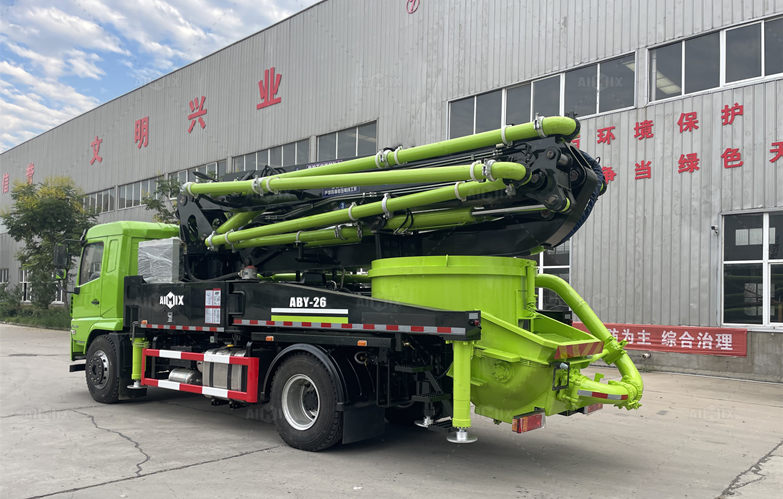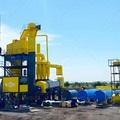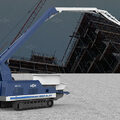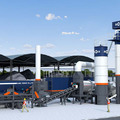Establishing a concrete pump truck (pompa beton) manufacturing facility in Indonesia presents a lucrative opportunity due to the country's booming construction sector, infrastructure development, and growing demand for advanced concrete equipment. However, setting up such a factory requires strategic planning, regulatory compliance, and significant investment.
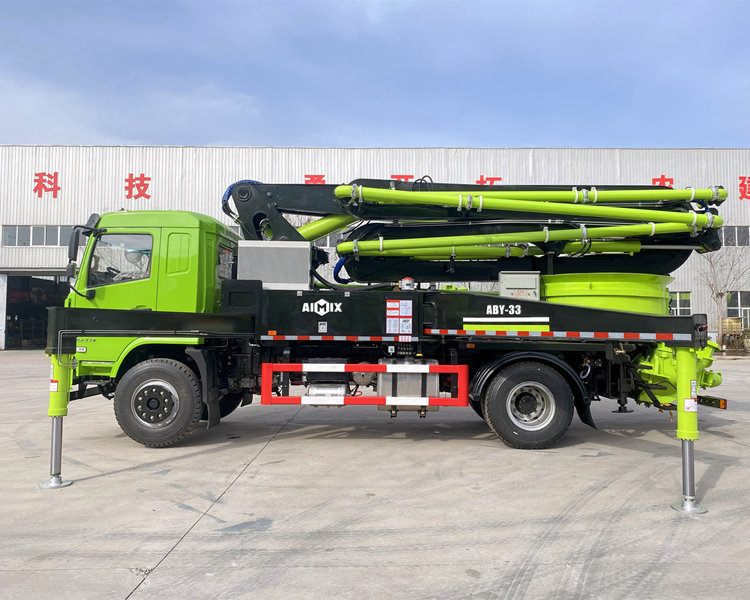
This guide provides a step-by-step roadmap for building a concrete pump truck factory in Indonesia, covering location selection, legal requirements, production setup, workforce hiring, and market strategies.
Market Analysis & Feasibility Study
A. Demand for Concrete Pump Trucks in Indonesia
Infrastructure Boom: Government projects like Ibu Kota Nusantara (IKN), toll roads, and dams drive demand.
Construction Growth: Indonesia’s construction sector grows at 5-7% annually.
Local Production Gap: Most concrete pumps are imported from China, Germany, and Japan.
B. Competitive Landscape
Key Players:
Multinationals: Putzmeister, Schwing Stetter (import-based).
Local Assembly: Some Indonesian companies assemble imported CKD kits.
Opportunity: Local manufacturing can reduce costs by 20-30% versus imports.
Legal & Regulatory Requirements
A. Business Entity Setup
1. PT PMA (Penanaman Modal Asing)
Required for foreign investors.
Minimum investment: IDR 10 billion (~$650,000).
2. Industrial License (Izin Usaha Industri)
Issued by Ministry of Industry.
3. Environmental Permit (AMDAL)
Mandatory for heavy machinery factories.
B. Tax Incentives
Tax Holiday: 5-10 years for large investments.
Import Duty Exemption: For machinery not produced locally.
C. Compliance Standards
SNI (Indonesian National Standard) for construction equipment.
CE/ISO Certification if exporting to Europe/Middle East.
Factory Location Selection
A. Recommended Industrial Zones
| Location | Advantages | Challenges |
|---|---|---|
| Cikarang (West Java) | Near Jakarta, skilled labor | High land costs |
| Gresik (East Java) | Port access, lower wages | Less infrastructure |
| Batam (Free Trade Zone) | Tax benefits, export-friendly | Remote from main markets |
B. Land & Facility Requirements
Minimum Area: 2-5 hectares (for assembly, testing, storage).
Power Supply: 3-phase electricity (2-5 MW capacity).
Water & Drainage: For hydraulic testing and cleaning.
Factory Setup & Production Process
A. Production Line Design
1. Frame & Chassis Fabrication
Laser cutting, welding robots (investment: $1.5-$3 million).
2. Boom Assembly
Requires CNC bending machines and hydraulic press.
3. Hydraulic System Integration
Import pumps, valves (Kawasaki, Bosch Rexroth).
4. Final Assembly & Testing
Test pumps at 300-bar pressure before delivery.
B. Supply Chain Management
Local Sourcing: Steel (Krakatau Steel), tires (Gajah Tunggal).
Imported Components: Hydraulics (Germany/Japan), engines (Cummins/Perkins).
C. Quality Control
Third-Party Inspection (SGS/TÜV) for welding, hydraulics.
SNI Certification for Indonesian market compliance.
Workforce & Training
A. Hiring Strategy
Engineers: Recruit from ITB, UI, or overseas.
Skilled Welders: Train locally (6-month certification program).
Assembly Technicians: Partner with vocational schools (SMK).
B. Training Programs
German/Japanese experts for advanced hydraulic systems.
Safety Standards: ISO 45001 compliance.
Investment & Financial Planning
A. Estimated Startup Costs
| Category | Investment (USD) |
|---|---|
| Land Acquisition | 2 million |
| Factory Construction | 5 million |
| Machinery & Equipment | 10 million |
| Working Capital | 3 million |
| Total | 20 million |
B. Funding Options
Joint Venture with local construction firms.
Government Loans (KUR scheme for SMEs).
Foreign Investment (FDI) with tax incentives.
Marketing & Sales Strategy
A. Target Markets
Domestic: Contractors, ready-mix companies, government projects.
Export: Southeast Asia (Vietnam, Philippines), Middle East.
B. Distribution Channels
Dealer Network: Partner with local heavy equipment sellers.
Direct Sales: To large infrastructure contractors.
C. After-Sales Service
Training Centers: For operators/maintenance.
Spare Parts Hub: Stock filters, seals, hoses locally.
Challenges & Solutions
A. High Import Duties on Components
Solution: Apply for tax-free import permits under BKPM incentives.
B. Skilled Labor Shortage
Solution: Collaborate with polytechnics for apprenticeship programs.
C. Competition from Chinese Imports
Solution: Focus on higher-quality, locally serviced pumps.
Case Study: Successful Local Factory (PT XYZ Pompa Beton)
Location: Cikarang, West Java.
Investment: $15 million (2019).
Production Capacity: 50 units/year.
Market Share: 15% of Indonesia’s concrete pump demand.
Key to Success:
Localized hydraulic assembly.
Government partnerships for infrastructure projects.
Building a concrete pump truck factory in Indonesia requires:
✔ Thorough market research
✔ Strategic location selection
✔ Compliance with BKPM & SNI regulations
✔ Investment in automation & skilled labor
✔ Strong after-sales service network
